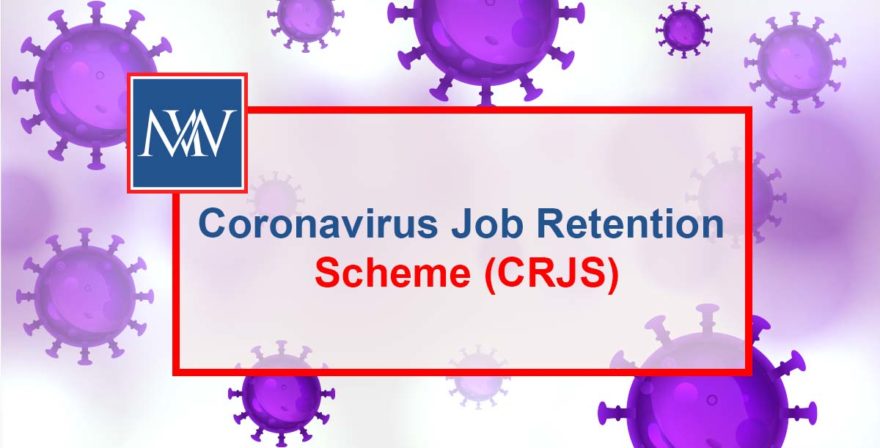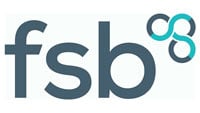
Case study: Coronavirus Job Retention Scheme claims
The coronavirus (COVID-19) pandemic has brought an unprecedented array of challenges for businesses. Information has been changing on a daily basis, making it difficult to keep up-to-date with support measures and where to find the necessary guidance. This article focuses on claims for wages under the Coronavirus (COVID-19) Job retention Scheme (CJRS), which is now up and running.
Broadly, the scheme is available to all UK employers with a PAYE scheme that started on or before 19 March 2020. It covers part of the salary of employees who would otherwise be laid off because of the crisis – known as ‘furloughing’. Employees on any type of employment contract, including full-time, part-time, agency, flexible or zero-hour contracts can be included in a claim.
To access the support, employers have to ‘furlough’ employees, which means asking them to stop working but retaining them on payroll. This is a formal process with employment law implications and needs to be followed through carefully. Only furloughed employees on the payroll on or before 19 March who have received some pay in 2019/20 can be covered. HMRC will pay a grant worth 80% of an employee’s usual wages, up to £2,500 a month, and associated employer NICs and minimum automatic enrolment employer pension contributions on the subsidised wage. Note that furloughed employees cannot carry out work for their employer during furlough and there are also rules around volunteer work and training.
General requirements for making claims are summarised as follows:
- the employer must agree with the employee that they are a furloughed worker;
- employees must be notified that they have been furloughed;
- employees must be furloughed for a minimum of three weeks;
- the employee cannot do any work for the employer that has furloughed them;
- the scheme allows claims for 80% of wages, up to a maximum of £2,500 per month per furloughed employee;
- separate claims are needed for each PAYE scheme;
- only employees who were on the PAYE payroll on or before 19 March 2020 may be furloughed;
- an HMRC RTI submission notifying payment in respect of the employee claimed for must have been made on or before 19 March 2020; and
- the employer must have a UK bank account.
The majority of employers with full-time or part-time employees on a set salary will need to work out the following for the claim period:
- total amount being paid to furloughed employees – 80% of your employee’s wages up to a maximum of £2,500 a month per employee
- total employer NICs
- total employer pension contributions (up to 3%)
Example
An employee who has been working for an employer for many years is paid a fixed gross monthly salary of £2,400 per month, with the last payment received on the last day of February 2020. The employee has agreed to be placed on furlough from 21 March 2020, at 80% of their salary.
The employer can claim a CJRS payment for Mach as follows:
£2,400 divided by 31 (days in March) = £77.42
£77.42 x 11 days (21 March to 31 March) = £851.62
£851.62 x 80% = £681.30
The maximum amount test is: monthly maximum of £2,500 divided by 31 days in March = £80.65
£80.65 x 11 days of furlough = £887.15. This employer’s claim of £681.30 is a lower amount, so this is the amount that may be claimed.
The employee’s gross pay at the end of the month is made up of £1,548.40 of salary funded by the employers for 1 to 20 March (20 days), plus £681.30 of pay funded by CJRS for the remaining 11 days of March. The employer NICs due on the total gross pay of £2,229.70 is £208.48
Step 1: £208.48 divided by 31 days in March = £6.73
Step 2: Daily employer NIC amount of £6.73, multiplied by 11 furlough days = £74.03.
The employer claims £74.03 for employer NIC’s due on the employee’s March pay.
Claiming
Employers need to be registered for PAYE before CJRS claims can be made. Once the employer has gathered together the relevant information, the claim can be made.
HMRC advise that payment will be received six days after making an application. Employers who wish to receive a payment from the scheme by the end of the month will therefore need to submit their claim at least six working days in advance for the money to clear into their bank account.
Note that HMRC are contacting employers on a random basis to check whether a claim is valid.
For more information on Coronavirus Job Retention Scheme claims, Book a Free Consultation
Need Accountancy Support?
For information on bespoke training, or if you have any other questions for Makesworth Accountant, please fill in your details below




















 150
150